
From a Foreign Land – Kyriakos Sfetsas
this blog is GROOVY – check out great Soul, Funk, Jazz, Hip Hop, Bass, Breaks , Reggae, House n many more TUNES
Hey there, music lovers! Let’s take a funky ride through the history of that oh-so-smooth sound we call “groovy.” We’re diving deep into the rhythms that make you wanna shake your hips and feel good all over. So grab your bell bottoms and let’s get down!
At its core, groove is all about rhythm—the heartbeat of music. It makes you move without even thinking about it. You might find yourself tapping your foot or nodding your head without realizing it. The concept blew up around the mid-20th century, especially in genres like jazz, funk, soul, and rock.
Groove has roots stretching back to the African American musical traditions of the late 19th century. But if we zoom in on the 1960s, boy did things get groovy! This was when artists started blending elements from various genres to create something fresh.
Funk emerged with legends like James Brown who famously declared himself “The Godfather of Soul.” He had a habit of trying to get his bandmates fired up—sometimes by throwing out some legendary one-liners!
Meanwhile, bands like Sly and the Family Stone were mixing rock with funk in ways that made everyone want to join their happy family on stage.
Then came disco—a disco ball spinning high above as people hit dance floors across America during the late ’70s! With artists like Donna Summer delivering unforgettable hits (“Last Dance,” anyone?), if you weren’t groovin’ at a discotheque back then—you were missing out!
Funny fact: When Saturday Night Fever dropped, John Travolta’s white suit stole so many hearts—not just for its style but because he supposedly found it while shopping for groceries! Yes folks, even fashion can be discovered in mundane places.
Let’s groove into some amusing anecdotes from musicians who have shaped this genre:
George Clinton – As frontman for Parliament-Funkadelic (or P-Funk), he had some wild shows where audience members would be dressed as spaceships?! Imagine walking into a concert where everyone appears ready for intergalactic travel!
Prince – Known not just for his killer riffs but also his extravagant lifestyle; Prince once hosted celebrity basketball games at his home complete with custom jerseys bearing “Raspberry Beret.” Nothing says “I love sports” quite like singing about hats!
Then there’s Bootsy Collins, bass virtuoso known for wearing funky star-shaped glasses and outrageous outfits—he claimed they helped him see better musically! Clearly those glasses packed more than just style points.
As we danced through decades past the ‘70s and ‘80s into today, grooves began to remix globally too! Artists took inspiration from traditional sounds everywhere—from Brazilian bossa nova beats to reggae vibes coming straight from Kingston.
Did you know? Bob Marley often broke strings while performing live due to intense strumming sessions—not because he wasn’t skilled but rather because he put so much heart (and maybe smoke) behind every note!
Fast forward today—genres continue evolving under that big umbrella called groove. Hip-hop infused melodic beats alongside electronic sounds are pushing boundaries further than ever before:
Everyone’s talking about artists bringing old school vibes; think Anderson .Paak doing smooth throwback hip hop fused with funk.
Or check out Bruno Mars teaming up with Mark Ronson on “Uptown Funk” which became an anthem—it revived our collective need for dancing!
Also funny how “Uptown Funk” nearly got turned down by both Rihanna AND Adele before finally making its way back around… I guess sometimes songs have a journey almost as complicated as finding parking at Coachella!
So here we are—we’ve taken quite an adventure traversing through time exploring what makes us dance until dawn literally fuelled by pure rhythm laid down by some true legends along this groovy path.
From iconic figures shaping soulful expressions throughout history earning them quirky narratives worth sharing—we’re left feeling uplifted inspired knowing these tunes truly transcend generations! Now next time you catch yourself bustin’ moves or hand-clappin’—remember: you’re partaking in this ongoing saga filled with sways spins exploring life amidst laughter lights cheers planet-wide groovisodes unfolding each day anew…
Keep vibin’, keep groovin’, my friends—and never forget: life is better when you’re dancing along those sweet grooves!

From a Foreign Land – Kyriakos Sfetsas
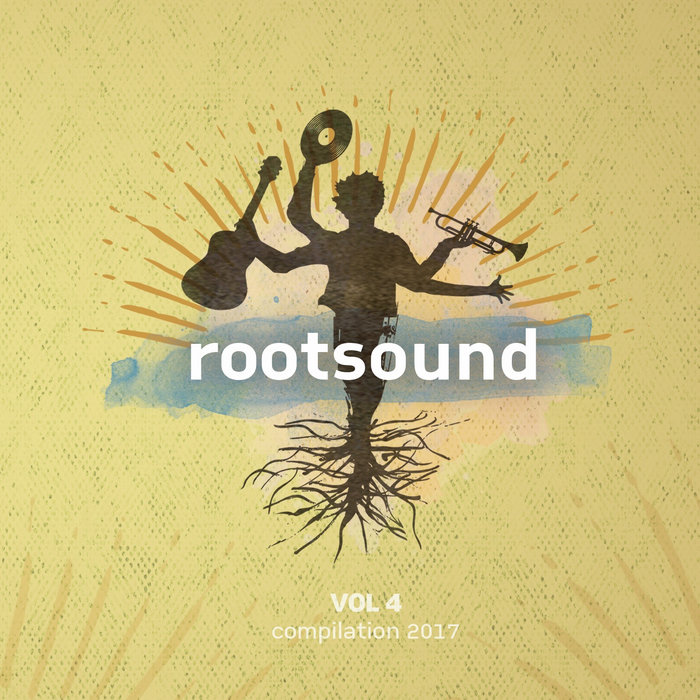
Balkan Beat Box – I Trust U – rootsound
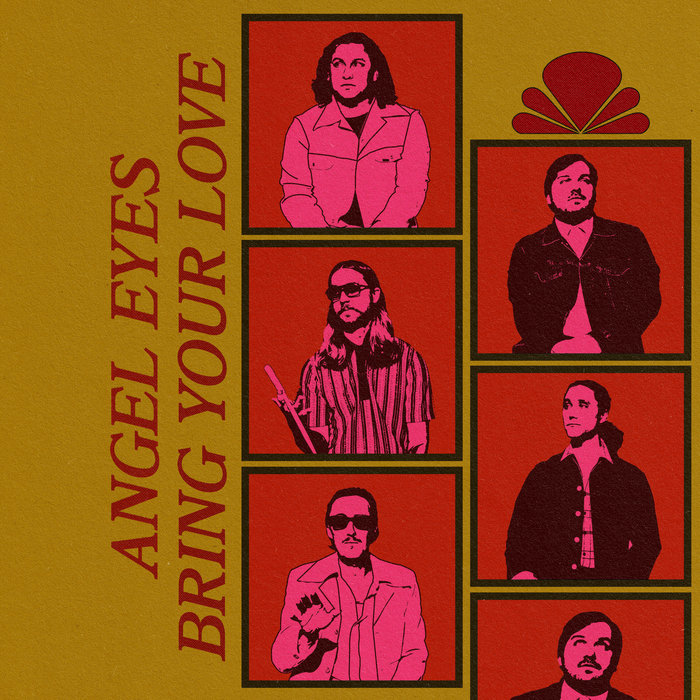
Bring Your Love – The Charities
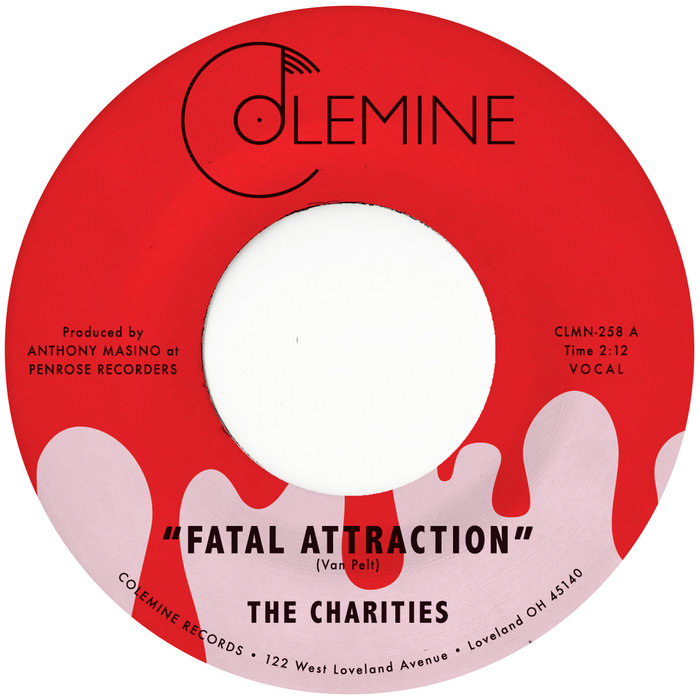
Fatal Attraction – The Charities

Do The Right Thing – The Charities
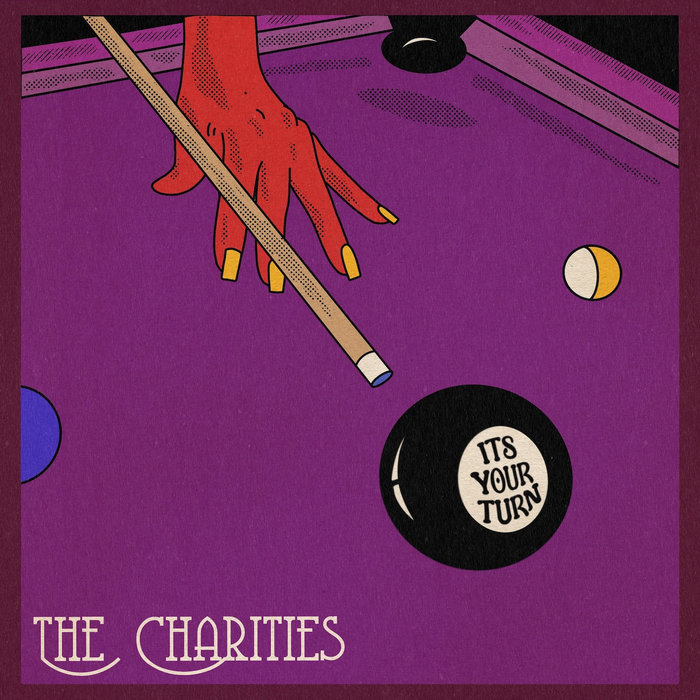
It’s Your Turn – The Charities
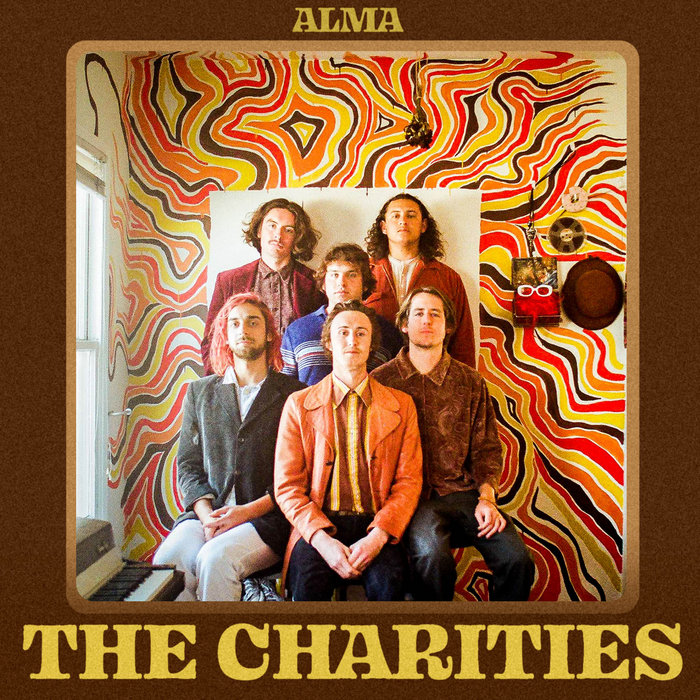
Sugah Sweet – The Charities
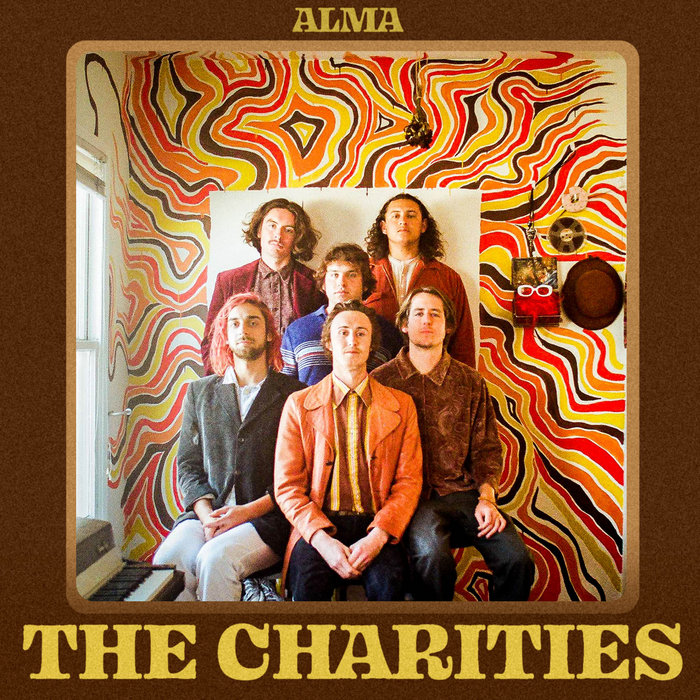
Mistakes – The Charities
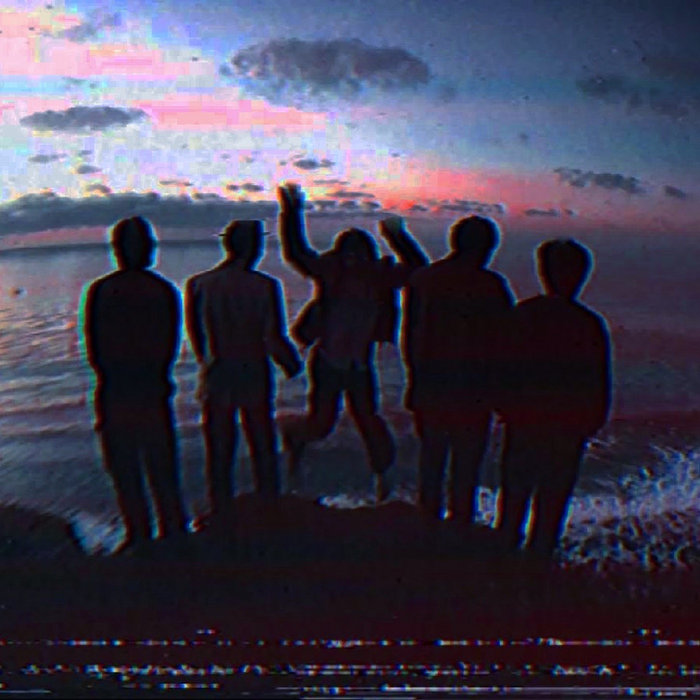
Phonky – The Charities

Favelas – Degiheugi, Zackarose